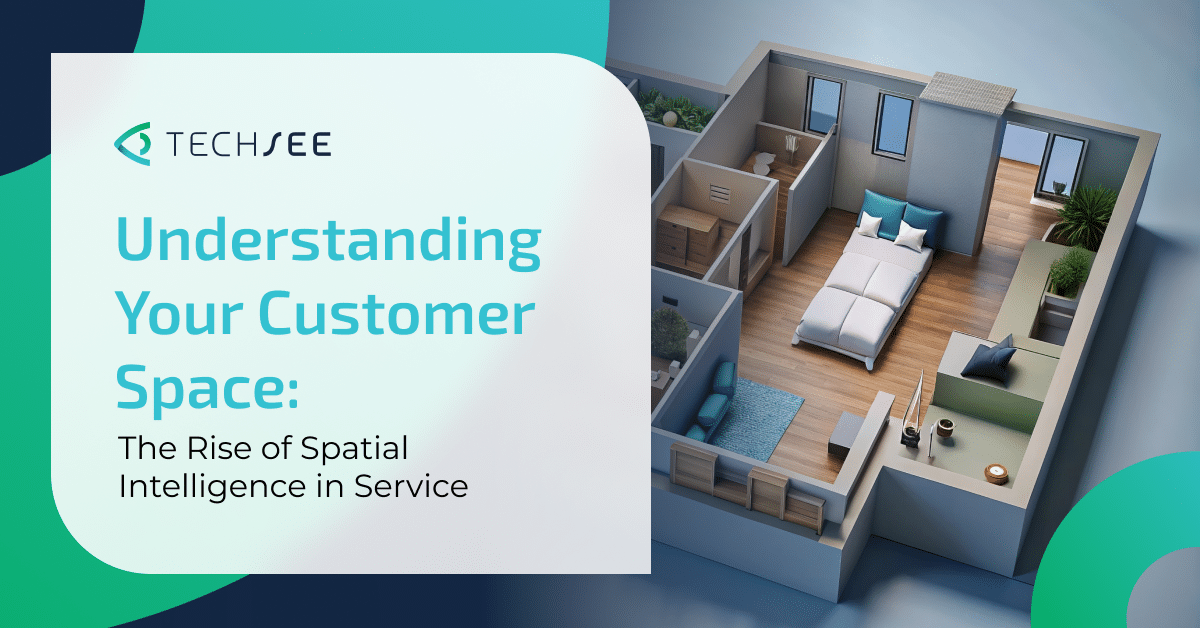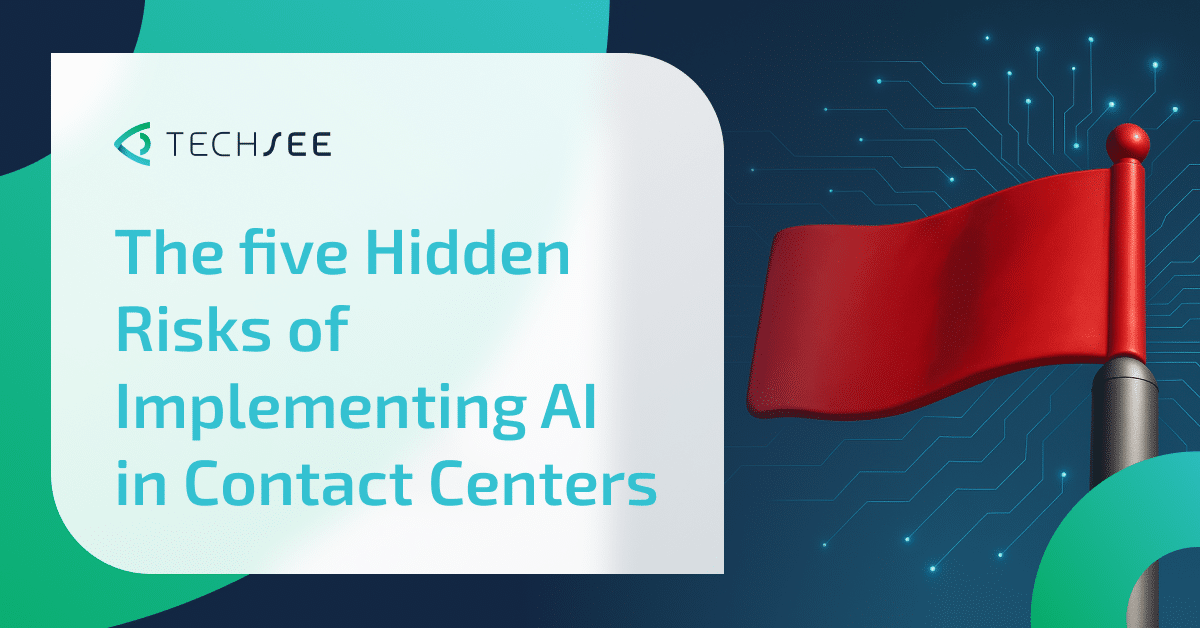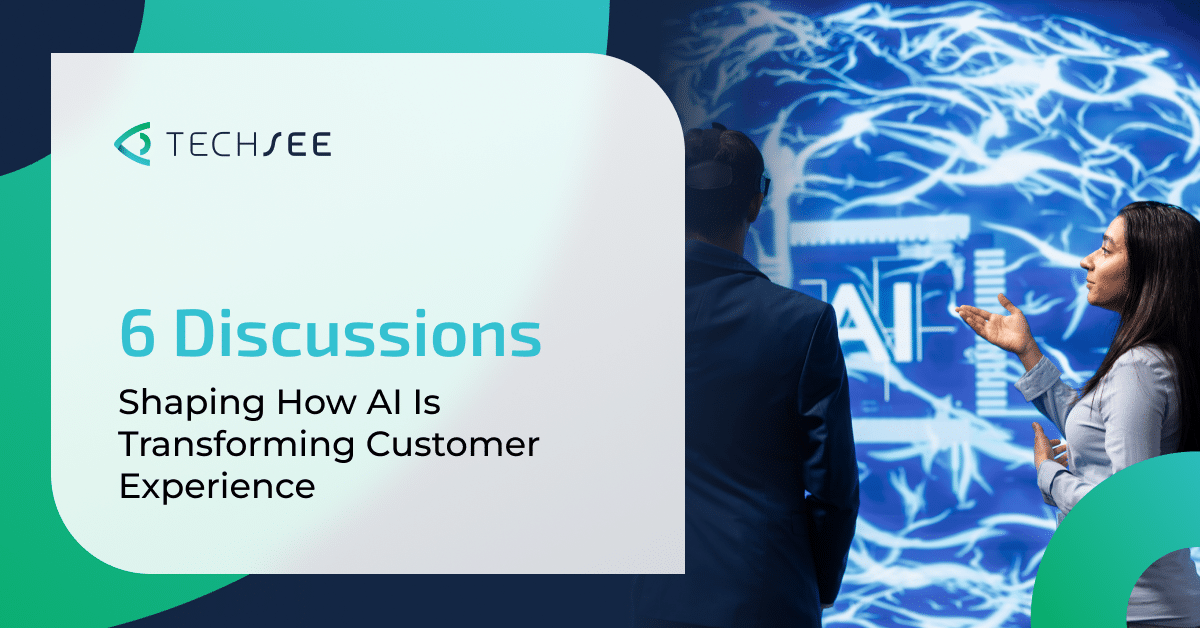What is Customer Experience Automation?
Customer Experience Automation uses advanced technologies to automate various touchpoints and interactions throughout the customer journey. This involves leveraging artificial intelligence (AI), machine learning (ML), and other digital tools to streamline, enhance, and personalize the customer experience. Businesses can significantly improve customer satisfaction and loyalty by automating routine tasks, providing instant responses, and delivering consistent service.
Role of Customer Experience Automation in Multisensory AI and Multimodal AI for Service and CX
- Enhancing Interactions Across Channels:
- Omnichannel Support: Customer experience automation enables businesses to provide seamless support across multiple channels such as email, chat, voice, and social media. This ensures that customers receive consistent and efficient service regardless of their chosen platform.
- Unified Customer Profiles: Businesses can create unified customer profiles by integrating data from various sources. This allows for personalized interactions based on a comprehensive understanding of the customer’s history and preferences.
- Multisensory AI and Multimodal AI Integration:
- Visual AI: Visual AI allows for interpreting and processing images and videos, enhancing customer interactions. For example, a customer can upload a photo of a faulty product, and the AI can analyze the image to provide troubleshooting steps.
- Voice AI: Voice AI enables natural and intuitive voice interactions. Customers can speak to virtual agents as they would with human representatives, receiving instant and accurate responses to their queries.
- Augmented Reality (AR): AR can be used to provide interactive and immersive support. For instance, an AI can overlay instructions on a user’s device screen to guide them through a product setup or repair process.
- Full Customer Lifecycle Automation:
- Pre-Purchase Engagement:
- Personalized Marketing: Automation tools can deliver personalized marketing messages based on customer behavior and preferences, increasing engagement and conversion rates.
- Chatbots, Virtual Assistants and AI Agents: AI-powered solutions can answer pre-purchase questions, provide product recommendations, and assist with navigation on e-commerce websites and retail environments.
- Purchase Phase:
- Automated Transactions: AI systems can handle transactions seamlessly, from processing payments to generating invoices, ensuring a smooth purchase experience.
- Real-Time Support: During purchase, AI agents can provide real-time support to address any issues or concerns, reducing cart abandonment rates.
- Post-Purchase Support:
- Proactive Customer Service: AI can predict potential issues based on customer data and proactively offer solutions or support, enhancing customer satisfaction.
- Setup, Onboarding and Troubleshooting: AI can meaningfully augment or fully automate customer setup and troubleshoot issues.
- Feedback Collection: Automated systems can collect and analyze customer feedback, providing valuable insights for continuous improvement.
- Pre-Purchase Engagement:
Examples of Customer Experience Automation Technologies
- AI Agents:
- Fully Automated Service Agents: AI agents are autonomous systems capable of handling various customer service tasks, from answering FAQs to processing orders. They operate independently, providing efficient and consistent support without human intervention.
- Agent Assist or Agent CoPilot: These tools support human agents by providing real-time suggestions, information, and context during customer interactions. This helps improve the accuracy and speed of responses, enhancing the overall customer experience.
Benefits of CX Automation
- Increased Efficiency:
- Handling High Volumes: Automation allows businesses to handle large volumes of customer interactions simultaneously, reducing wait times and improving response times.
- Resource Optimization: Human agents can focus on more complex and high-value activities by automating routine and repetitive tasks, enhancing overall productivity.
- Cost Savings:
- Reduced Labor Costs: Automating customer service processes reduces the need for extensive human resources, leading to significant cost savings in recruiting, training, and maintaining customer service teams.
- Operational Cost Reduction: Automation streamlines operations, reducing the costs associated with manual processes and human error.
- Enhanced Customer Satisfaction:
- Consistent Service: Automated systems provide consistent and accurate responses, ensuring a uniform customer experience across all interactions.
- Personalization: By leveraging AI to understand customer preferences and history, businesses can offer highly personalized experiences that increase customer satisfaction and loyalty.
- Scalability:
- Adapting to Growth: Automated systems can easily scale to accommodate business growth and increased customer demand without compromising on service quality.
- Global Reach: Automation enables businesses to provide round-the-clock support across different time zones, catering to a global customer base.
Considerations for Implementing CX Automation
- Integration with Existing Systems:
- Seamless Integration: For optimal performance, customer experience automation tools should be integrated with existing CRM, ERP, and other enterprise systems. This ensures a unified workflow and better data management.
- APIs and Interoperability: Using APIs and ensuring interoperability between different systems can facilitate smooth integration and data exchange.
- Data Privacy and Security:
- Compliance with Regulations: Ensuring compliance with data protection regulations such as GDPR and CCPA is essential to protect customer data and maintain trust.
- Data Encryption and Anonymization: Implementing robust data encryption and anonymization techniques can help safeguard sensitive information.
- Continuous Improvement:
- Monitoring and Optimization: Regular monitoring and optimization of automated systems are crucial for maintaining performance and addressing any issues promptly.
- Training AI Models: Continuously updating and training AI models with new data ensures that the automation tools remain effective and accurate.
- Customer-Centric Approach:
- Human Touch: While automation enhances efficiency, it is important to maintain a balance with the human touch. Complex or sensitive issues may require human intervention to ensure a satisfactory resolution.
- Feedback Loops: Establishing feedback loops with customers can help identify areas for improvement and ensure that the automation tools meet their needs and expectations.
Conclusion
Customer Experience Automation, particularly when integrated with multisensory AI and multimodal AI, plays a crucial role in revolutionizing how businesses interact with their customers. Businesses can enhance efficiency, reduce costs, and improve customer satisfaction by automating interactions across the full customer lifecycle—from pre-purchase engagement to post-purchase support.
For enterprise decision-makers, leveraging customer experience automation means staying competitive in a rapidly evolving market. Understanding and implementing these technologies can drive innovation, operational excellence, and a superior customer experience.
To learn more about how Sophie AI’s customer experience automation solutions can benefit your organization, please schedule your complimentary demo today.





